But, due to the fact that these two languages have had a radically different past of almost four hundred years and only a few decades of moderately peaceful convergence- it was inevitable that they should eventually diverge.
Through the major part of the 18th century two seemingly contradictory processes had been under way: envigoration of literary activity in two Croatian dialects, Kajkavian (in the north-western part of Croatia) and Štokavian (in the rest of Croatia and in Bosnia); also, penetration of Štokavian influence on Kajkavian writers and local idiom.
During 16th and 17th centuries occurred many processes that shaped the profile of future Croatian standard language: the Ottoman invasion and permanent warfare, followed by mass depopulation and migrations have had at least four lasting consequences:
However, the luxurious and ornate representative texts of Croatian Church Slavonic belong to the later era when they coexisted with the Croatian vernacular literature.
7th to 9th century. First Croatian “official” language was Latin and Croatian name is recorded in Latin inscriptions of Croatian rulers (dukes and kings) in the 9th century.
2000 B.C.E.- the formation of Balto-Slavic linguistic family.
1500-1300 B.C.E. -disintegration of Balto-Slavic family followed by numerous languages changes characteristic for shape of future Slavic languages. The basic features of this period can be only approximately reconstructed by methods of comparative historical linguistics.
Pronunciation basics:
Č, č-as the "ch" in "check
Ć, ć-no English equivalent. Place the tip of the tongue behind the lower front teeth and try to produce a "mixed sound" between the "ch" of "check" and the "t" (actually "ty") of British English "tune". As it were, a “soft” č.
Hamo Ibrulj
http://skalka.com/hamo/
http://www.geocities.com/soho/gallery/1203/hamlet/index.html
Hval's codex, a handwriting from the beginning of the 15th century. It was written on 353 papers of parchment by "bosancica" (Bosnian or Croat Cyrillic script) with Glagolitic introduction: "Hval Krstyanin/Bosnian Christian", "in honour of praised sir Hrvoje, duke of Split and the knight of Lower Country and others."
JAJCE - a town in middle Bosnia on confluence of the river Pliva to the Vrbas. It is mentioned for the first time in written documents in 1396. Bosnian and Croat noble duke Hrvoje Vukcic Hrvatinic possessed it and around the middle of the 15th century he relinquished it, as a gesture of vassal loyalty, to the King.
Numerous artistic works created on Croatian soil and ordered by landed gentry of Bosnia and Herzegovina create a special part of cultural heritage of Croats in Bosnia and Herzegovina.
Once a Dominican church of St.Anthony's, and nowadays mosque Fethija in Bihac, is the oldest edifice of Gothic style on the territory that Bosnia and Herzegovina covers today.
Romanesque impulses arrived in Bosnia and Herzegovina from Adriatic Coast and from the territory of Hungarian-Croatian state. Having in mind that these provinces alone represented outskirts of the West, they acted as a filter when it comes to style, taste and ideas.
On their arrival on today\'s territory of Bosnia and Herzegovina, the Croats search their first shelters in the ruins of Roman buildings; late classical refuges serve as their strongholds for the most necessary defense.






















































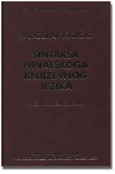
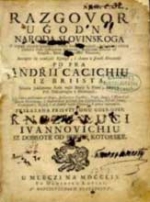
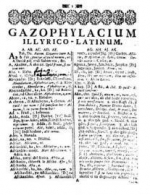
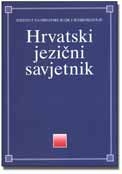
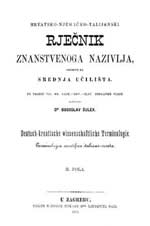
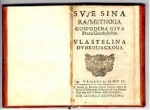


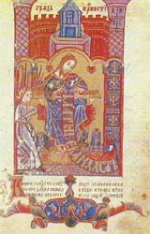
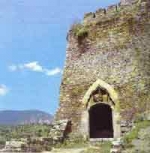
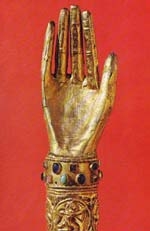
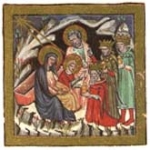
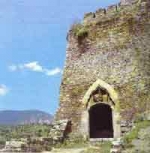
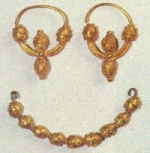
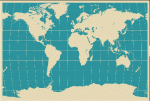

 Kontaktirajte nas
Kontaktirajte nas